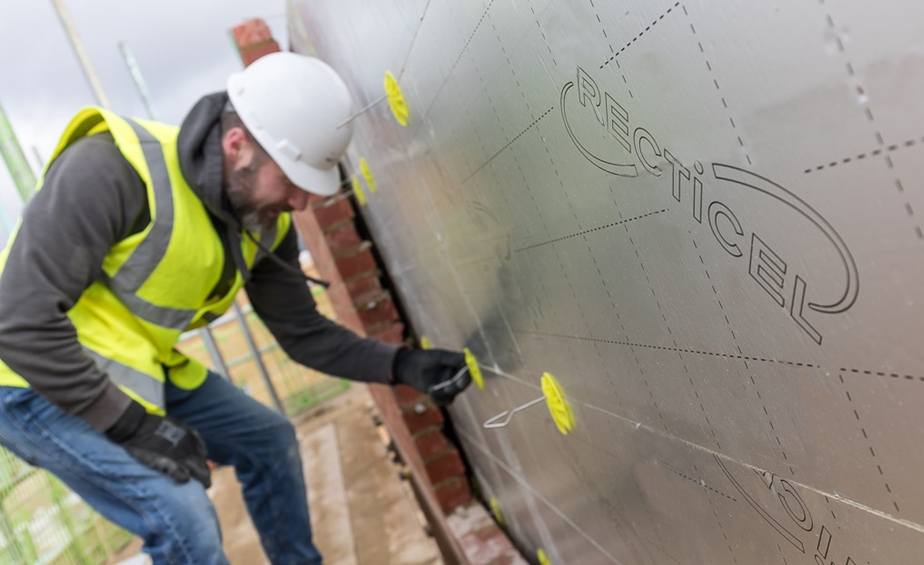Fabricators And Future Homes
Two-thirds of housing market decision makers remain unprepared for the Future Homes Standard. Kevin O’Neill, of Rehau UK, looks at the role...
Read Full Article
In a recent Housebuilder and Developer survey, a lack of skilled workers was seen as one of the top barriers to the adoption of the Future Homes Standard.
So just how serious is the skills shortage in the construction industry and how can we help raise construction standards and speed of install onsite?
A report by the Construction Skills Network estimated the UK construction industry needs to employ an additional 217,000 workers by 2025 to meet the country’s building demands.
A recruitment programme is much needed. It will help address the skills shortfall that has been heightened by a post-Brexit exodus of EU workers – which along with the global building materials shortage – threatens to jeopardise the government’s pledge to build the 300,000 homes per year to curb the country’s property crisis.
Time to train
Whatever the industry, a new workforce takes time to fully acquire the skills and experience that are second nature to older colleagues. However, support in various forms is available to help bring rookie recruits up to speed and ensure building standards are maintained to the highest level throughout the learning process. For example, Recticel, is an avid advocate of the Code for Construction Product Information (CCPI), which is being introduced to help manufacturers provide clear, transparent and accessible information on what their products are designed to achieve and how they are used.
The CCPI gives building professionals young and experienced greater assurance that the item they are buying is absolutely appropriate for its intended task. Setting out a product’s terms of use and intended outcomes clearly will not only inspire confidence in the user, it could help close the much-maligned performance gap and ensure properties are built as-designed.
Technical support
Indeed, manufacturers have a significant role to play in helping educate the next generation of construction workers.
At Recticel’s insulation division, Gradient, there is a team on hand to offer customers advice and the firms has opened a training centre to demonstrate best practice in a range of flat roofing applications. It is at the company’s manufacturing HQ in Burntwood, Staffordshire.
Furthermore, Recticel has produced a series of RIBA-approved CPDs which are designed for all building professionals – from architects to contractors - to stay up-to-date and compliant with building regulations requirements.
This has particular relevance, with Part L of the Building Regulations.
Just one part of the solution
Manufacturers such as Recticel are only one link in the building supply chain. Each sector of the construction industry should help build the skills of its incoming workforce. This can be achieved by greater collaboration between the sector’s stakeholders, as called for in Dame Judith Hackitt’s ‘Building a Safer Future’ report. The 2018 review urged for a ‘golden thread’ of data to be available to key stakeholders involved in complex and high-risk building projects to ensure original design intent is preserved. Sharing a building’s data in this fashion would appear a smart, practical move in helping future generations of construction employees maintain required building standards.
Picture: Learning how to insulate properly is just one aspect of a rounded knowledge of the requirements of a well trained construction operative.
Article written by Cathryn Ellis
24th April 2022